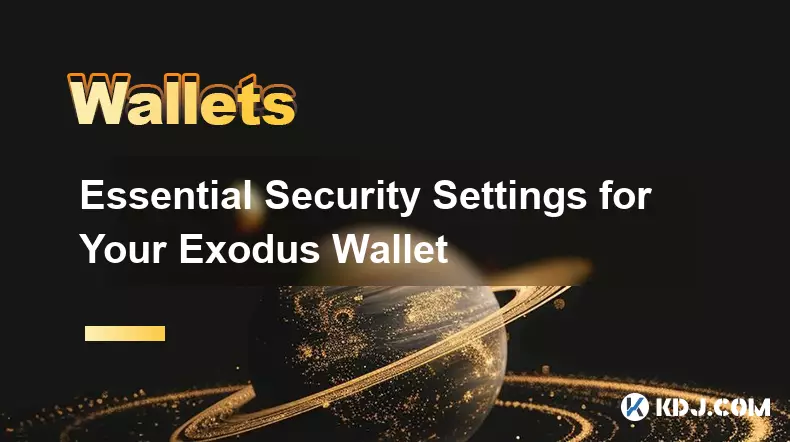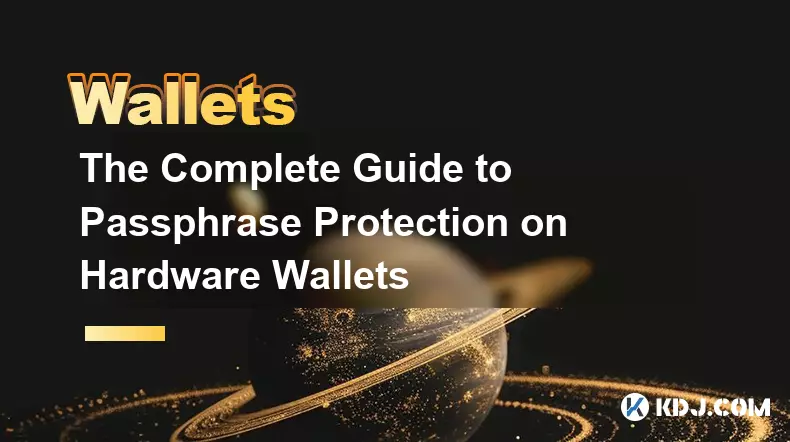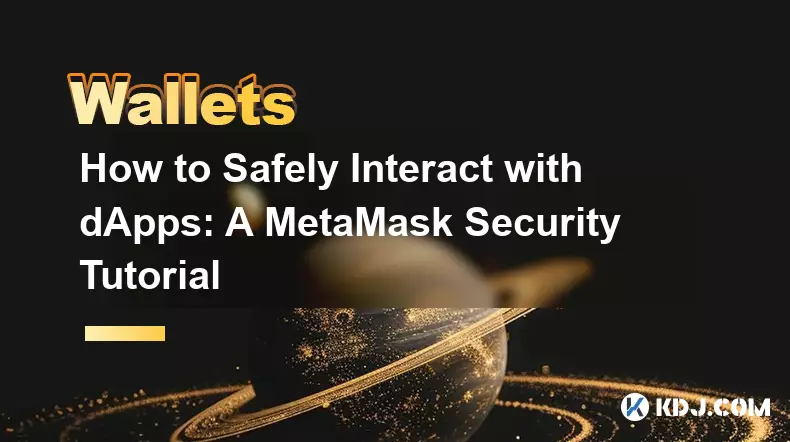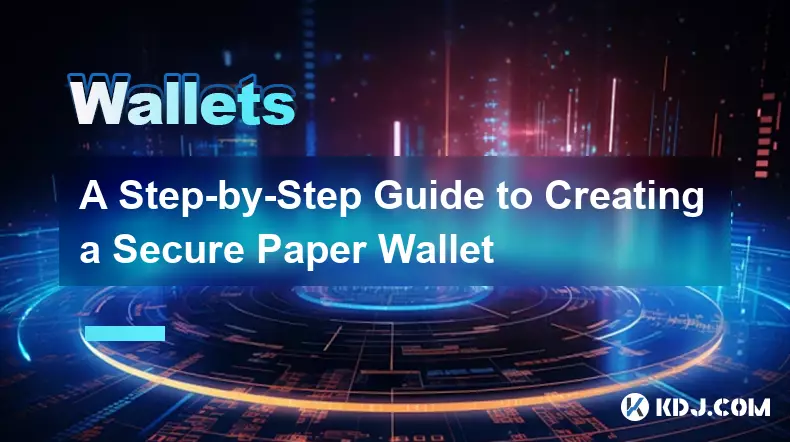-
 bitcoin
bitcoin $99177.955738 USD
-7.32% -
 ethereum
ethereum $3187.183061 USD
-12.38% -
 tether
tether $0.999809 USD
0.00% -
 xrp
xrp $2.117933 USD
-9.42% -
 bnb
bnb $906.710033 USD
-9.17% -
 solana
solana $149.367737 USD
-10.74% -
 usd-coin
usd-coin $0.999816 USD
0.01% -
 tron
tron $0.281498 USD
-0.38% -
 dogecoin
dogecoin $0.156292 USD
-8.00% -
 cardano
cardano $0.500744 USD
-10.19% -
 hyperliquid
hyperliquid $38.087358 USD
-4.58% -
 chainlink
chainlink $14.097831 USD
-8.54% -
 bitcoin-cash
bitcoin-cash $463.329916 USD
-9.22% -
 ethena-usde
ethena-usde $0.999078 USD
-0.01% -
 unus-sed-leo
unus-sed-leo $9.475862 USD
-0.79%
How to restore a wallet using the Ledger Nano X recovery phrase?
Your Ledger Nano X recovery phrase is the master key to your crypto—store it offline, never share it, and double-check each word when restoring.
Oct 29, 2025 at 09:36 am

Understanding the Recovery Phrase in Ledger Nano X
1. The recovery phrase, often referred to as a seed phrase, is a sequence of 12, 18, or 24 words generated during the initial setup of your Ledger Nano X. This phrase serves as the master key to access all the cryptocurrencies stored in your wallet. Without it, you cannot restore your wallet if the device is lost, damaged, or reset.
2. It is critical to store the recovery phrase offline and in a secure location. Never save it on a computer, phone, or cloud storage, as these can be compromised. The Ledger Nano X does not store the recovery phrase on the device itself for security reasons—only you are responsible for safeguarding it.
3. When restoring a wallet, the recovery phrase reconstructs your private keys through cryptographic derivation. This process ensures that even if someone gains physical access to your device, they cannot access funds without the recovery phrase.
4. Each word in the recovery phrase is selected from a standardized list of 2048 words defined by the BIP-39 protocol. This standardization allows compatibility across different hardware and software wallets that support BIP-39.
Step-by-Step Guide to Restore Wallet on Ledger Nano X
1. Connect your Ledger Nano X to a computer using the provided USB cable and power on the device. If you're setting up a new device or resetting an existing one, choose the “Restore from recovery phrase” option when prompted.
2. Select the number of words in your recovery phrase using the device’s buttons. Most users will select 24 words, though some may have chosen 12 or 18 during initial setup. Ensure you pick the correct number to avoid restoration errors.
3. Enter each word of your recovery phrase carefully using the on-screen keyboard. Navigate through letters with the buttons and confirm each character. After completing a word, verify it on screen before confirming. Mistakes in spelling or order will prevent successful restoration.
4. Once all words are entered, the device will validate the phrase. If correct, you’ll see a success message. At this point, your private keys are regenerated, and your wallet data begins syncing once you install relevant apps via Ledger Live.
5. Set a new PIN code to lock and unlock your device. This PIN adds an additional layer of protection. Avoid using predictable sequences and never share this PIN with anyone.
Security Best Practices During Restoration
1. Perform the restoration process in a private, secure environment. Shoulder surfing or hidden cameras could compromise your recovery phrase. Ensure no one is observing you while entering the words.
Never type your recovery phrase into any website, application, or software outside the Ledger device itself. Phishing sites frequently mimic legitimate platforms to steal seed phrases.2. Double-check the authenticity of the Ledger Nano X interface. Counterfeit devices may appear genuine but are designed to capture your recovery phrase. Purchase only from authorized resellers to minimize risk.
3. After restoration, immediately verify the balances of your major cryptocurrency accounts. Discrepancies may indicate an error in entry or a compromised phrase. Use blockchain explorers to cross-check public addresses associated with your wallet.
4. Consider enabling two-factor authentication (2FA) within Ledger Live and associated exchange accounts. While the hardware wallet secures private keys, secondary accounts linked to trading or staking platforms remain vulnerable to breaches.
Common Issues and Troubleshooting
1. If the device rejects your recovery phrase, recheck each word for spelling accuracy and correct order. Common mistakes include confusing similar words like “since” and “scene” or misordering adjacent words.
2. Ensure you’re using the exact phrase created during the original setup. A recovery phrase from a different wallet or backup will not grant access to your funds.
3. If the screen freezes or becomes unresponsive during input, disconnect and reconnect the device. Firmware issues may require updating via Ledger Live after successful restoration.
Avoid attempting multiple incorrect entries of the recovery phrase. Some devices trigger self-destruct mechanisms after several failed attempts, permanently locking the wallet.Frequently Asked Questions
Can I use my Ledger recovery phrase on another brand of hardware wallet?Yes, as long as the other wallet supports BIP-39 and the same derivation paths, your recovery phrase should work. However, always test with a small amount first and ensure compatibility with specific cryptocurrencies.
What happens if I lose my recovery phrase after restoring the wallet?You will not be able to recover your wallet if the device is lost or damaged again. The recovery phrase is irreplaceable. There is no customer service or backup system that can regenerate it.
Is it safe to write down my recovery phrase on paper?Writing it on paper is acceptable if stored securely, but consider using metal backup solutions resistant to fire, water, and tearing. Avoid digital photos or electronic documents entirely.
Can I change my recovery phrase after restoration?No, the recovery phrase cannot be changed. To generate a new one, you must create a new wallet and transfer funds manually. The original phrase will no longer provide access once the new wallet is set up.
Disclaimer:info@kdj.com
The information provided is not trading advice. kdj.com does not assume any responsibility for any investments made based on the information provided in this article. Cryptocurrencies are highly volatile and it is highly recommended that you invest with caution after thorough research!
If you believe that the content used on this website infringes your copyright, please contact us immediately (info@kdj.com) and we will delete it promptly.
- Nano (XNO) Ignites: Volume Spike and Price Jump Signals Comeback?
- 2025-11-05 14:50:11
- Bitcoin's Bear Signal: Is a Collapse Incoming?
- 2025-11-05 14:40:15
- Nick Szabo, Bitcoin Future, and BTC: Navigating the Crypto Landscape in 2025
- 2025-11-05 14:50:01
- Bitcoin's Wild Ride: Saylor, Kiyosaki, and the Quest for $200K
- 2025-11-05 10:50:13
- Culex, Cardano, and Aster: A Crypto Cocktail of Mosquitoes, Dips, and CZ Fuel
- 2025-11-05 11:00:17
- Crypto Presales, Coin Growth, and Established Coins: Navigating the 2025 Buzz
- 2025-11-05 11:00:17
Related knowledge

Public vs. Private Keys: A Core Concept for Wallet Security
Nov 05,2025 at 03:18pm
Understanding Public and Private Keys in Cryptocurrency Wallets1. In the world of cryptocurrency, public and private keys form the foundation of walle...

Essential Security Settings for Your Exodus Wallet
Nov 05,2025 at 08:00am
Understanding Exodus Wallet Security Fundamentals1. Exodus is a software wallet that allows users to store, manage, and exchange various cryptocurrenc...

Reviewing Smart Contract Permissions: A Critical Security Step
Nov 01,2025 at 04:55pm
Understanding Decentralized Exchanges in the Crypto Ecosystem1. Decentralized exchanges (DEXs) have reshaped how traders interact with digital assets ...

The Complete Guide to Passphrase Protection on Hardware Wallets
Nov 03,2025 at 10:37am
Understanding Passphrases in Hardware Wallets1. A passphrase, often referred to as a 25th word, adds an additional layer of security beyond the standa...

How to Safely Interact with dApps: A MetaMask Security Tutorial
Nov 04,2025 at 02:54am
Understanding dApp Interaction Risks1. Decentralized applications (dApps) operate on blockchain networks, enabling users to trade tokens, lend assets,...

A Step-by-Step Guide to Creating a Secure Paper Wallet
Nov 05,2025 at 04:39am
Understanding the Basics of a Paper Wallet1. A paper wallet is a physical document that contains the private and public keys of a cryptocurrency addre...

Public vs. Private Keys: A Core Concept for Wallet Security
Nov 05,2025 at 03:18pm
Understanding Public and Private Keys in Cryptocurrency Wallets1. In the world of cryptocurrency, public and private keys form the foundation of walle...

Essential Security Settings for Your Exodus Wallet
Nov 05,2025 at 08:00am
Understanding Exodus Wallet Security Fundamentals1. Exodus is a software wallet that allows users to store, manage, and exchange various cryptocurrenc...

Reviewing Smart Contract Permissions: A Critical Security Step
Nov 01,2025 at 04:55pm
Understanding Decentralized Exchanges in the Crypto Ecosystem1. Decentralized exchanges (DEXs) have reshaped how traders interact with digital assets ...

The Complete Guide to Passphrase Protection on Hardware Wallets
Nov 03,2025 at 10:37am
Understanding Passphrases in Hardware Wallets1. A passphrase, often referred to as a 25th word, adds an additional layer of security beyond the standa...

How to Safely Interact with dApps: A MetaMask Security Tutorial
Nov 04,2025 at 02:54am
Understanding dApp Interaction Risks1. Decentralized applications (dApps) operate on blockchain networks, enabling users to trade tokens, lend assets,...

A Step-by-Step Guide to Creating a Secure Paper Wallet
Nov 05,2025 at 04:39am
Understanding the Basics of a Paper Wallet1. A paper wallet is a physical document that contains the private and public keys of a cryptocurrency addre...
See all articles










































































